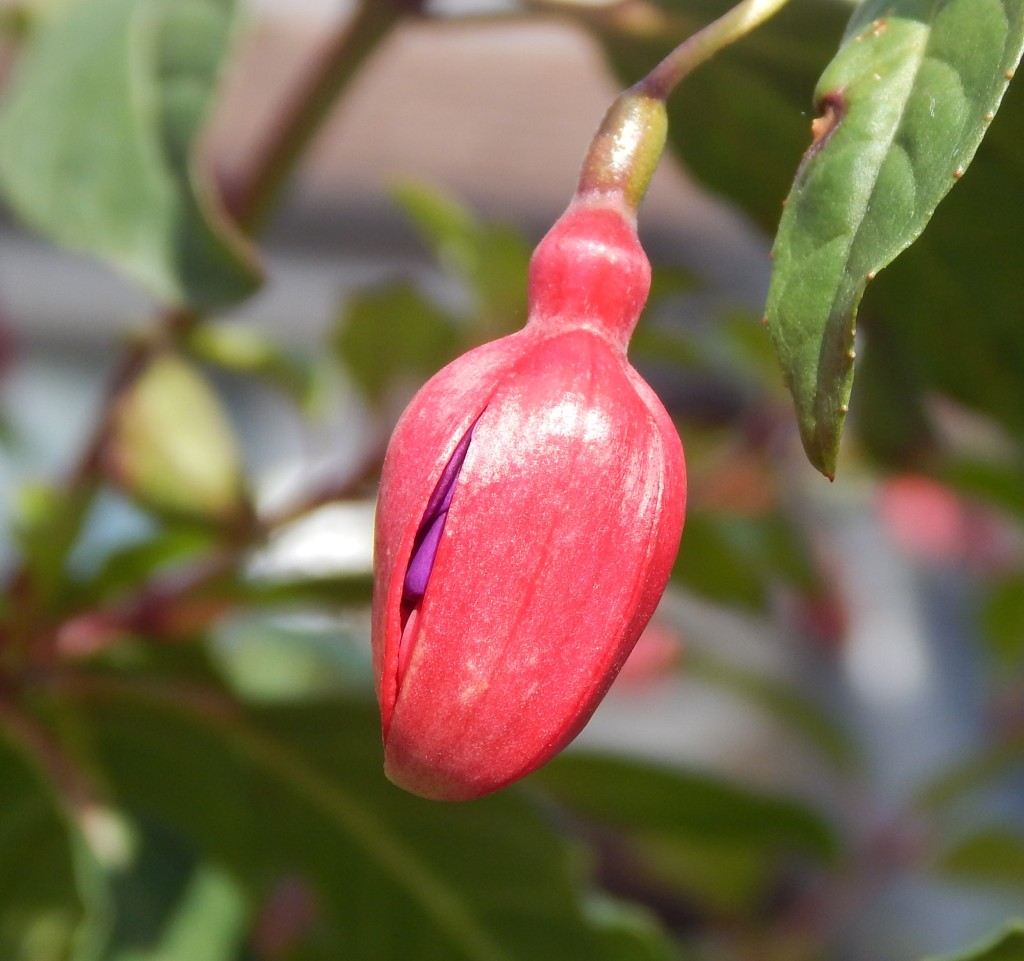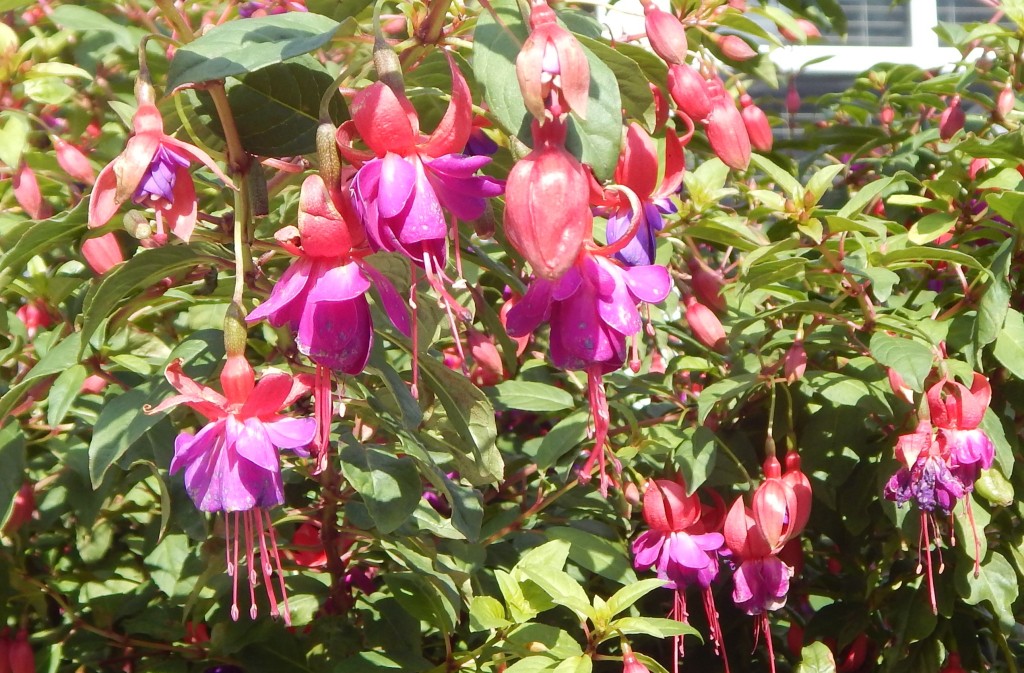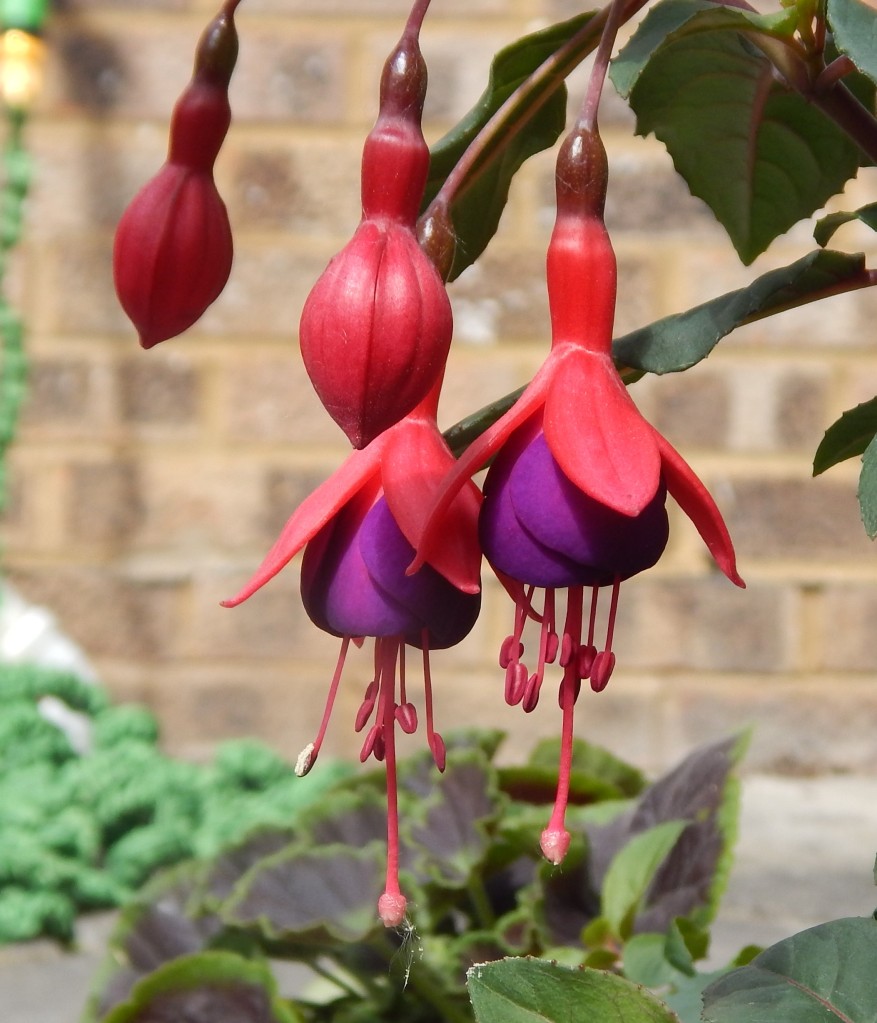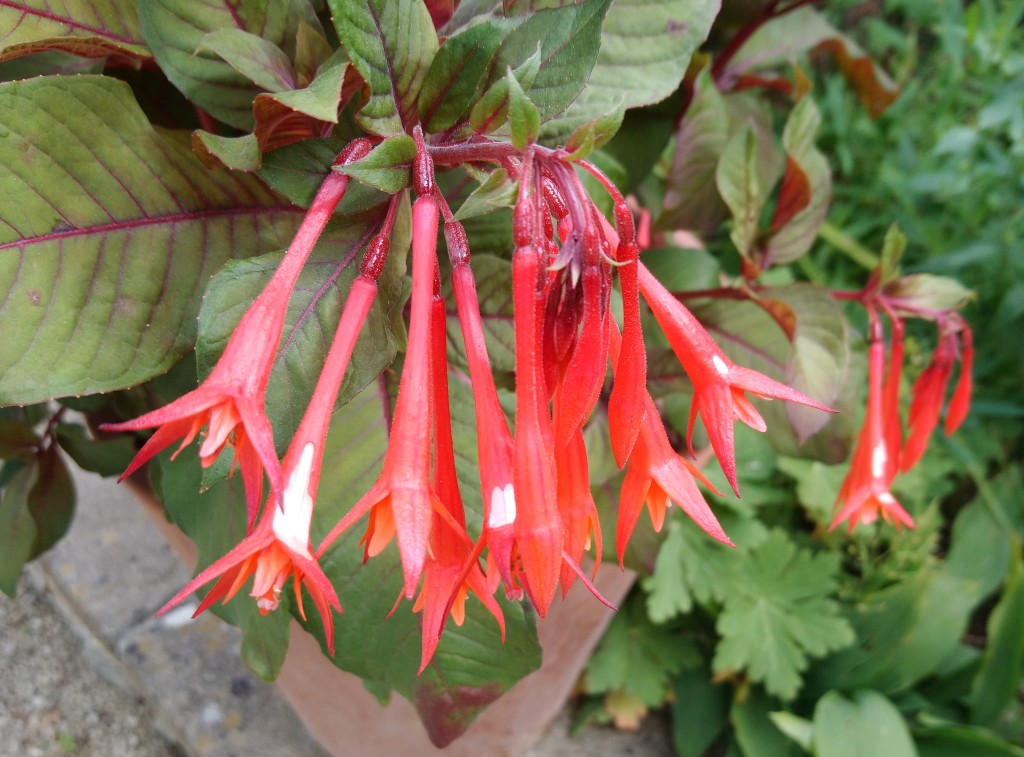
[153] Fuchsia magellanica, Hardy Fuchsia and others
Introduction
Fuchsias are widely cultivated garden plants that mostly originate from South America. There are many hundreds of cultivars and varieties that are sold as named varieties rather than by species. The name of the genus also acts as a common name.
Its red and purple flowers are distinctive and so spectacular that a colour fuchsia has been named after them.
Taxonomy
Kingdom – Flowers
Division – Vascular Plants
Class – Angiosperms (Flowering Plants)
Order – Myrtales
Family – Onagraceae
Subfamily – Onagroideae
Tribe – Curcaeeae
Genus – Fuchsia
Scientific Names – See text
There are about a hundred species and many hundreds of named cultivars and varieties, mostly hybrids.
Name
If you have been paying attention, and particularly if you remember [112] Common Spotted Orchid, you will know that the genus Fuchsia is named after Leonhart Fuchs (1501-1566). It was first identified on the island of Hispaniola in 1696-7 by a French monk Charles Plumier.
Technically it should be pronounced to include the name as Fooks-ia, but is more usually pronounced in an Anglicized form as ‘fyusha’ (and hence sometimes incorrectly spelled as ‘fuschia.’)
Description
Fuchsia species are mostly small shrubs or trees. Sometimes they are grown as hedges.
Flowers are pendulous with four sepals, generally bright red, and drop shaped petals, generally bright purple. Generally long stamens protrude at the bottom of the hanging flower.





Habitat and use
Almost all species are native to parts of South America, mostly from the tropics. Fuchsias are now widely cultivated as garden plants.
Most types of cultivated Fuchsia have no species epithet although they may be called Fuchsia hybrida or Fuchsia x hybrida. Almost all types are hybrids derived from a few parent species, especially Fuchsia magellanica, from southern Chile and Argentina, sometimes called Hardy Fuchsia or Hummingbird Fuchsia.
Other Notes
As for all garden flowers, cultivation has produced different forms of the plant. Flowers, in particular, can differ in colour or proportions while keeping the same basic form and shape.


See also
Fuchsia boliviana, native to parts of Bolivia, Peru and Argentina, may be cultivated as a garden shrub. Its elongated flowers give it the common name Lady’s Eardrops.




